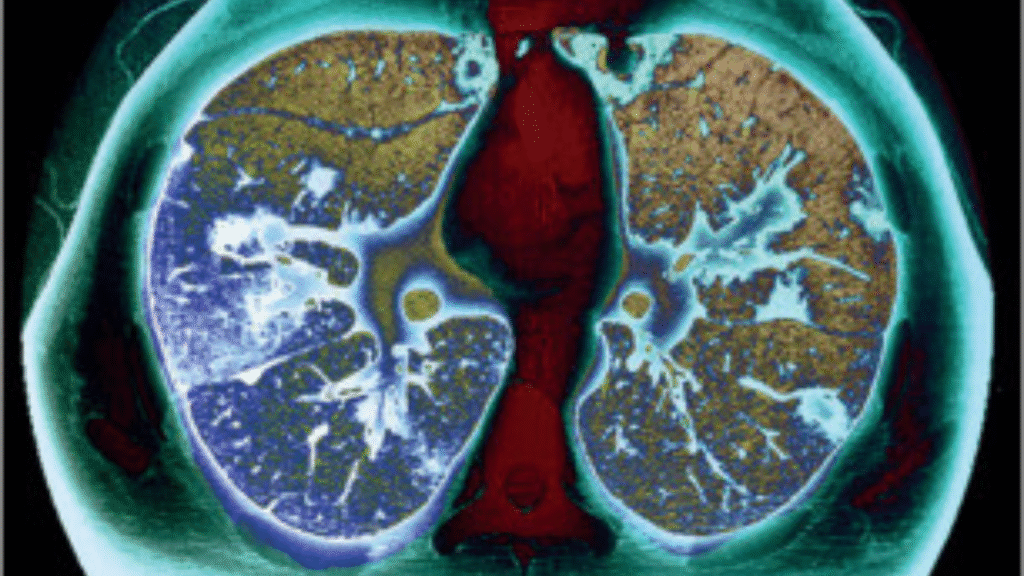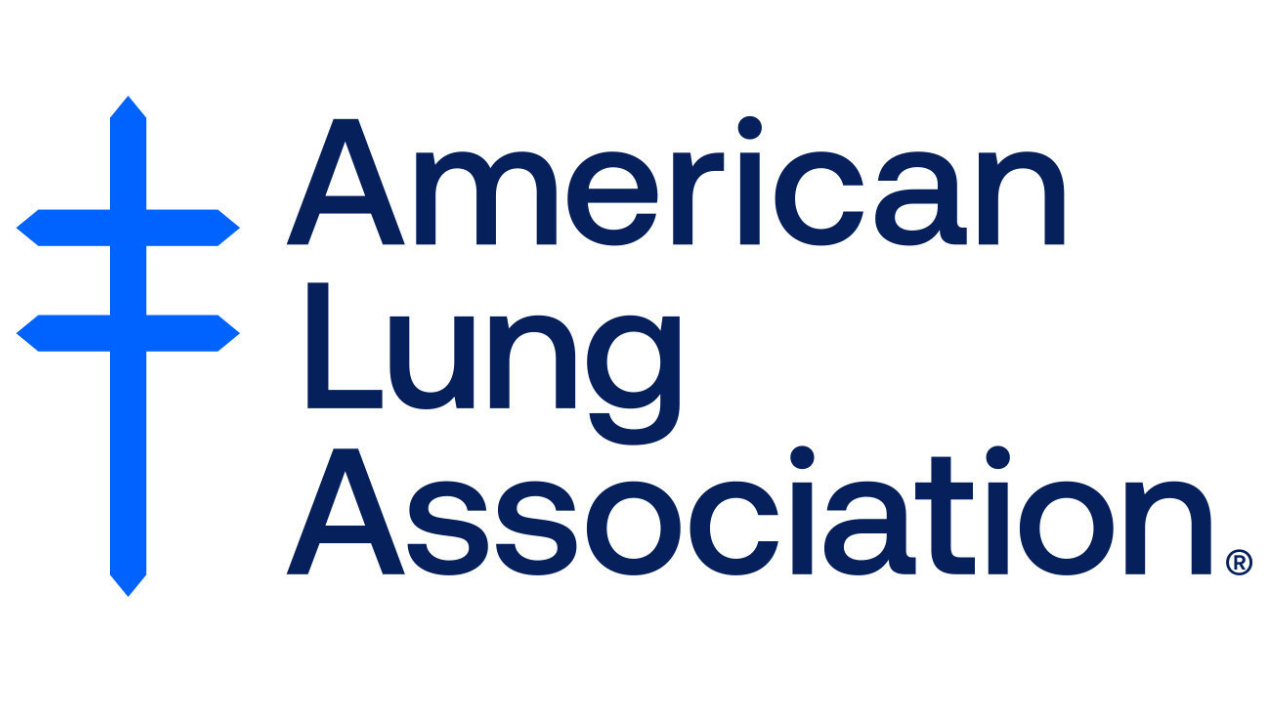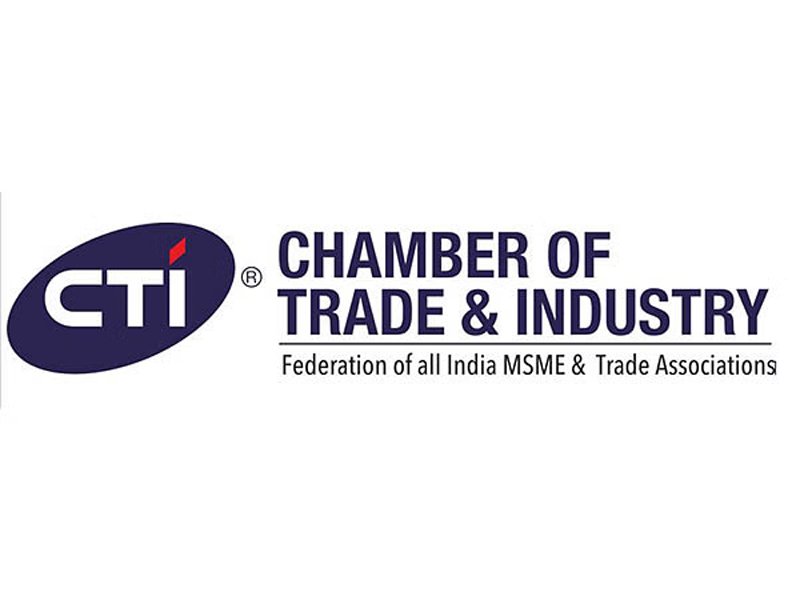American Lung Association Calls for Expanded Insurance: Lung cancer remains the leading cause of cancer-related deaths in the United States, with tens of thousands of lives lost each year due to late-stage diagnoses. Recognizing the life-saving potential of early detection, the American Lung Association (ALA) has renewed its call for expanded insurance coverage for lung cancer screening, urging both public and private insurers to broaden access to low-dose CT scans (LDCT). This proactive move seeks to reduce barriers for high-risk individuals who could greatly benefit from early and accurate diagnosis.
The American Lung Association emphasizes that expanding insurance coverage can significantly enhance public health outcomes. Currently, lung cancer screening is recommended annually for adults aged 50 to 80 who have a significant smoking history, yet a large number of eligible individuals remain uninsured or face out-of-pocket expenses that discourage timely screenings. The ALA is pushing for comprehensive insurance reform to ensure that lung cancer screening is treated as an essential preventive service, much like mammograms or colonoscopies, with minimal to no cost for the patient.
Moreover, the ALA’s policy advocacy goes beyond just affordability — it is also about increasing awareness, accessibility, and health equity. Disparities in lung cancer outcomes are heavily influenced by race, socioeconomic status, and geographic location. Through the expansion of insurance coverage, the ALA hopes to reach underserved populations and ensure no one is denied potentially life-saving screenings due to financial constraints or lack of insurance. Let’s explore the key details, including who is eligible, the insurance fees involved, how to apply, benefits of the program, and important deadlines.
Who Can Apply for Lung Cancer Screening Coverage?
Lung cancer screening through low-dose CT scans is recommended for individuals who meet the following criteria:
Eligibility Requirements:
- Adults aged 50 to 80 years old
- Have a 20-pack-year smoking history (e.g., one pack per day for 20 years)
- Are current smokers or have quit within the past 15 years
- Have no symptoms of lung cancer (asymptomatic)
- Must be referred by a primary care provider or healthcare professional
Those who fall outside these guidelines may still be evaluated for screening on a case-by-case basis, especially if they possess other risk factors such as family history or occupational exposure to harmful substances.
Also read: American Lung Association Calls for Expanded Insurance
Insurance Fees and Cost Breakdow
The cost of lung cancer screening can vary significantly based on your insurance provider, state of residence, and healthcare facility. However, thanks to preventive care mandates under the Affordable Care Act (ACA), many individuals can receive LDCT scans at no cost.
With Insurance:
- Medicare covers annual lung cancer screening for eligible individuals without any co-pay.
- Medicaid coverage varies by state — some cover 100%, others may require prior authorization.
- Private insurers are increasingly required to cover lung cancer screening as a preventive service.
- No co-pays or deductibles if considered preventive care under ACA guidelines.
Without Insurance:
- Costs can range from $250 to $400 per scan out-of-pocket.
- Some hospitals offer financial assistance or sliding scale fees based on income.
How to Use the Coverage and Get Screened
Using your insurance to get lung cancer screening involves a few important steps. It is crucial to follow the proper protocol to ensure coverage and avoid unnecessary costs.
Steps to Use Insurance for Screening:
- Consult Your Primary Care Provider (PCP): They will assess your risk and determine if you meet screening criteria.
- Get a Referral: A physician’s referral is usually required for insurance to approve the scan.
- Choose an Approved Facility: Ensure the imaging center is CMS-approved and in-network for your insurance.
- Pre-Authorization: Some plans may require prior approval — your healthcare provider will help with this step.
- Attend Your Appointment: Show your insurance card and referral at the screening facility.
- Follow-Up: Based on results, further tests or annual follow-up will be scheduled.
Benefits of Lung Cancer Screening Coverage
Expanding insurance coverage for lung cancer screening offers a range of benefits not just for individuals but also for the broader healthcare system.
Benefits Include:
- Early Detection: Increases survival rates significantly — early-stage lung cancer has a 5-year survival rate of 60%+.
- Reduced Treatment Costs: Detecting cancer early reduces the need for expensive treatments like chemotherapy.
- Improved Quality of Life: Early diagnosis allows for better treatment options and a higher quality of life.
- Health Equity: Reaches underserved and high-risk populations, reducing racial and economic disparities in outcomes.
- Peace of Mind: Knowing your lung health status can reduce anxiety and encourage healthier habits.
How to Apply for Lung Cancer Screening
Here’s how to apply for coverage and schedule your screening:
Application Process:
- Schedule a Primary Care Visit – Begin with a risk assessment and discussion about smoking history.
- Physician Referral – Your doctor will issue a referral if you qualify.
- Contact Your Insurance – Confirm whether your plan covers lung cancer screening.
- Choose a Certified Screening Facility – Use tools like American Lung Association’s Screening Locator.
- Book an Appointment – Provide all necessary documents and schedule your scan.
- Complete the Screening – Ensure you receive and understand your results.
Important Dates and Deadlines
While there is no universal national deadline, there are some key dates you should keep in mind:
- Medicare Open Enrollment: October 15 – December 7
- ACA Marketplace Enrollment: November 1 – January 15 (varies by state)
- Medicaid Renewals: Varies by state; check your local Medicaid office
- Employer Insurance Deadlines: Confirm with your HR department
It’s best to schedule your screening before the year-end to maximize annual insurance benefits.

Disclaimer
This article is for informational purposes only. It does not substitute professional medical advice, diagnosis, or treatment. Coverage details may vary by insurance provider and location. Always consult a qualified healthcare provider and your insurance company to verify eligibility, costs, and available services before scheduling any medical procedures.
American Lung Association Calls for Expanded Insurance Conclusion
The American Lung Association’s push for expanded insurance coverage is a vital step toward reducing the mortality rate of one of the deadliest cancers in the U.S. By ensuring that more people have access to early screening through insurance, thousands of lives could be saved annually. This move also aligns with broader efforts to make preventive healthcare more accessible, equitable, and affordable.
For high-risk individuals, getting a low-dose CT scan could mean the difference between life and death. Early detection enables treatment when the disease is most manageable, significantly improving the survival rate and reducing the financial burden on families. This initiative also promotes health equity by targeting disparities and ensuring everyone, regardless of background or income, has a fighting chance against lung cancer.
Insurance companies and policymakers should recognize the immense value in covering lung cancer screenings without financial barriers. Not only does this save lives, but it also reduces the long-term healthcare costs associated with treating late-stage lung cancer. Public awareness campaigns like those led by the ALA are crucial in mobilizing both patients and providers to act swiftly.
Ultimately, lung cancer screening should be as routine and accessible as any other preventive health service. If you or a loved one meet the eligibility criteria, don’t wait. Take the first step today by scheduling a conversation with your doctor. Together, we can make lung cancer a preventable and treatable condition through early detection and widespread coverage.
American Lung Association Calls for Expanded Insurance FAQs
1. What is the recommended age for lung cancer screening?
The U.S. Preventive Services Task Force recommends annual lung cancer screening for adults aged 50 to 80 years who have a 20-pack-year smoking history and currently smoke or have quit within the past 15 years. Screening is conducted using low-dose computed tomography (LDCT), which detects abnormalities in the lungs at an early stage.
2. Is lung cancer screening covered by insurance?
Yes, most major insurance providers including Medicare, Medicaid, and private insurers cover lung cancer screening if you meet the eligibility criteria. Under the ACA, preventive services like LDCT may be covered without out-of-pocket costs, but it’s important to confirm with your provider.
3. How much does a lung cancer screening cost without insurance?
Without insurance, a single low-dose CT scan can cost between $250 to $400. However, many hospitals offer discounts, financial aid, or community-based programs to help uninsured individuals access affordable screening.
4. What should I do if my insurance denies coverage for lung screening?
If coverage is denied, you can:
- File an appeal with your insurance company.
- Ask your doctor to submit a medical necessity letter.
- Seek help from organizations like the American Lung Association, which may guide you to free or subsidized screening programs.
5. Are there risks associated with lung cancer screening?
Yes, although the benefits outweigh the risks for high-risk individuals, LDCT screening can occasionally result in false positives, overdiagnosis, or radiation exposure. These risks should be discussed with your healthcare provider during your screening consultation.




One thought on “American Lung Association Calls for Expanded Insurance: Coverage for Lung Cancer Screening”